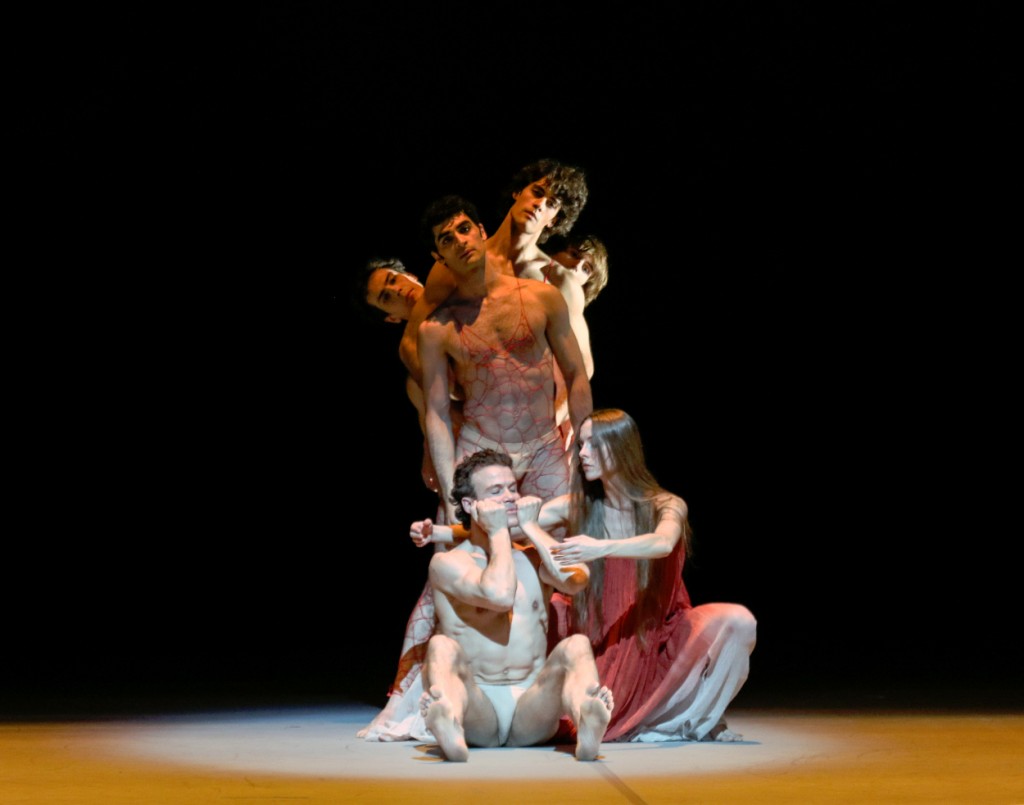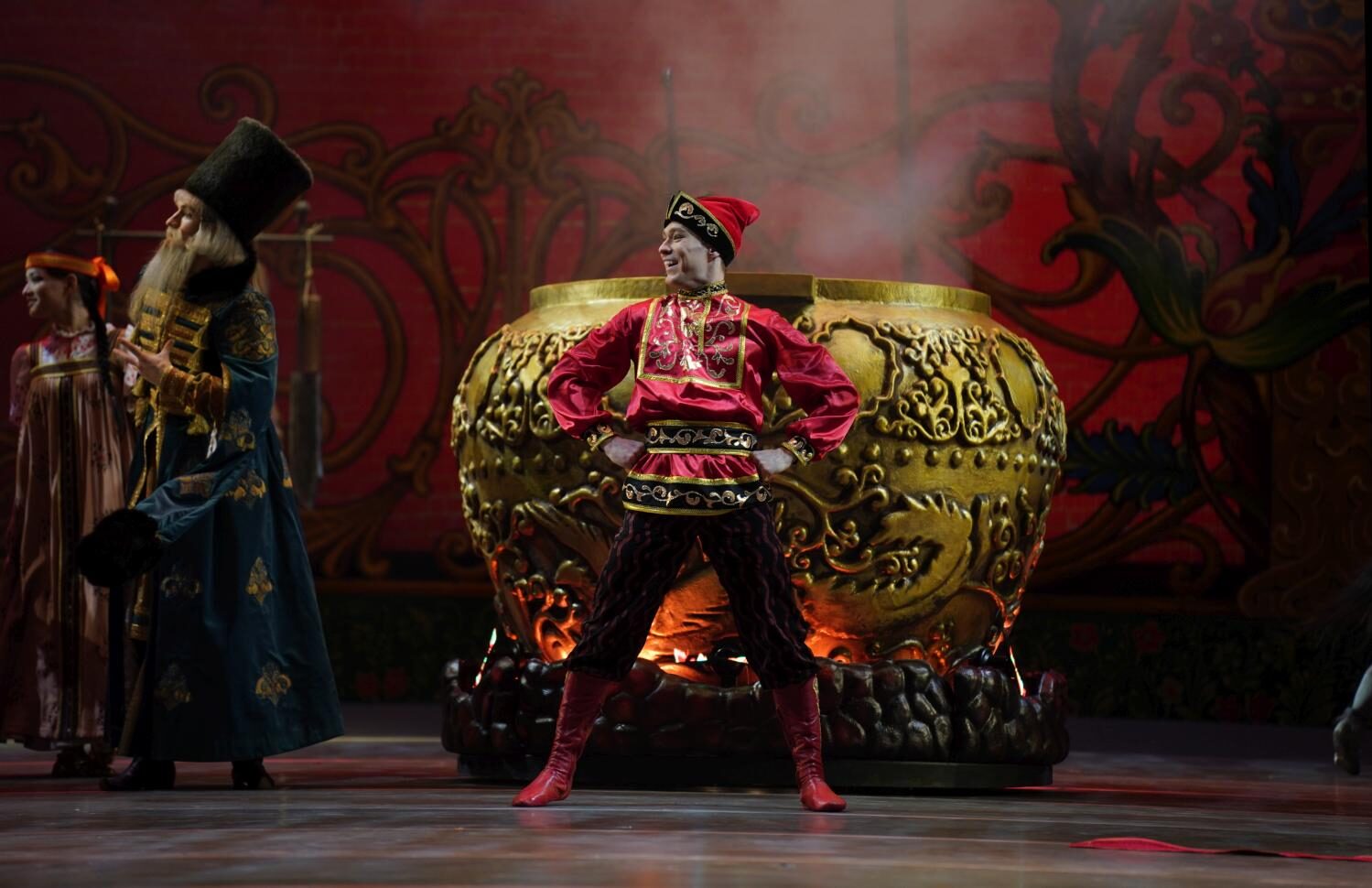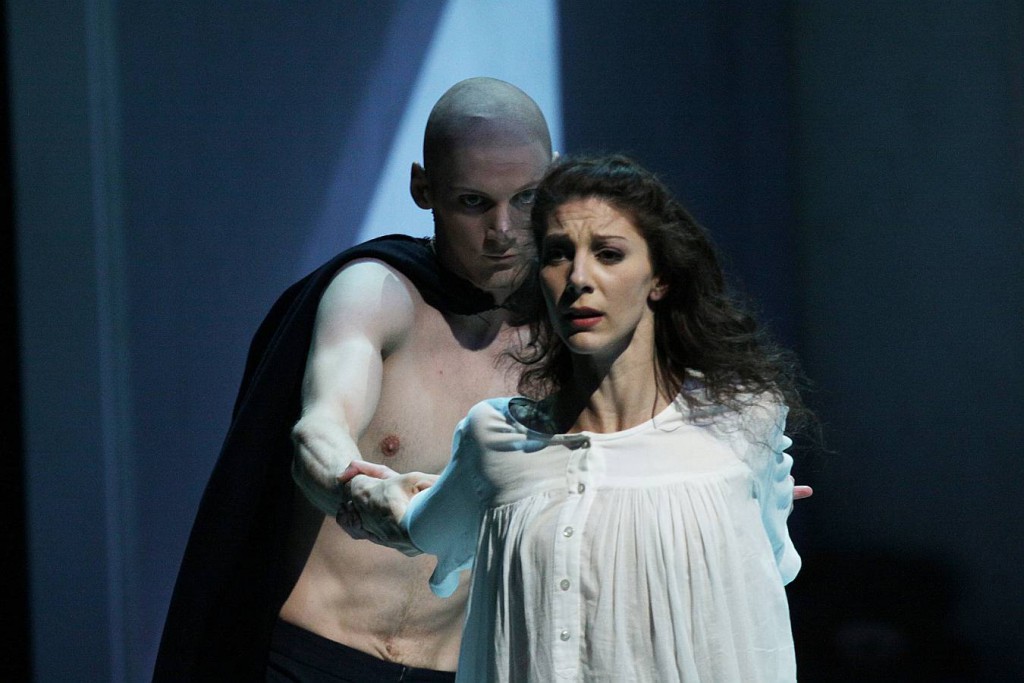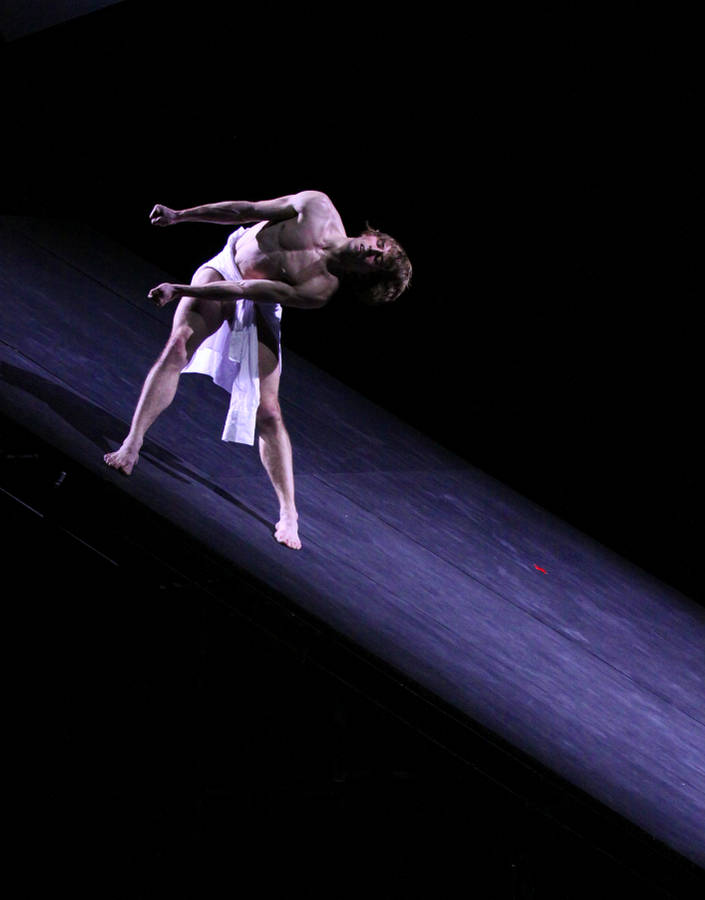Missed Chances
“Peer Gynt”
Hamburg Ballet – John Neumeier
Hamburg State Opera
Hamburg, Germany
June 30, 2015
by Ilona Landgraf
Copyright © 2015 by Ilona Landgraf
 John Neumeier’s “Peer Gynt” saw the light of day in 1989. Now, twenty-six years later, he has put it thoroughly to the test with a reworked version opening Hamburg Ballet’s 41. Ballet Days, bringing back for two weeks a kaleidoscope of the season’s repertory culminating in a gala this year on July 12th.
John Neumeier’s “Peer Gynt” saw the light of day in 1989. Now, twenty-six years later, he has put it thoroughly to the test with a reworked version opening Hamburg Ballet’s 41. Ballet Days, bringing back for two weeks a kaleidoscope of the season’s repertory culminating in a gala this year on July 12th.
Boiling down Henrik Ibsen’s five act play about Peer Gynt’s life into a ballet evening of tolerable duration is a master stroke per se. Neumeier cut it down to three acts plus an epilogue and managed to tell the Norwegian’s life’s journey within three hours divided by a break. The first half comprised of two acts deals with Peer’s birth and his relationship with his mother Aase, a peasant’s widow. Peer is a blowhard, a prowler and scalawag, one hardly on good terms with the neighboring peasantry. (more…)










